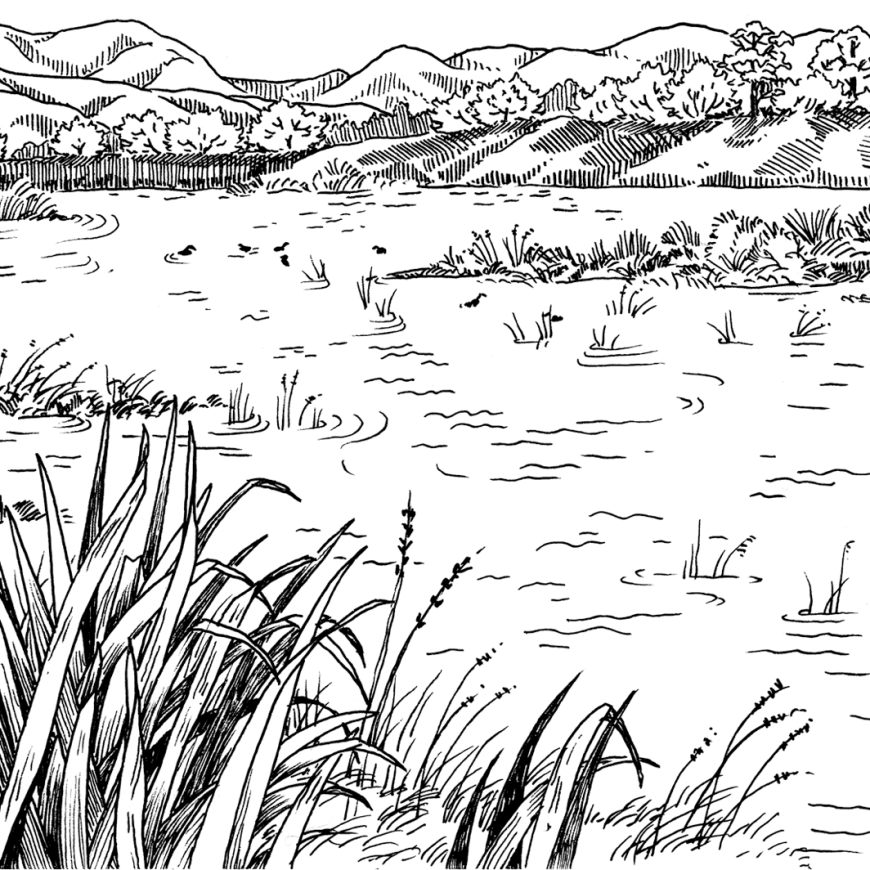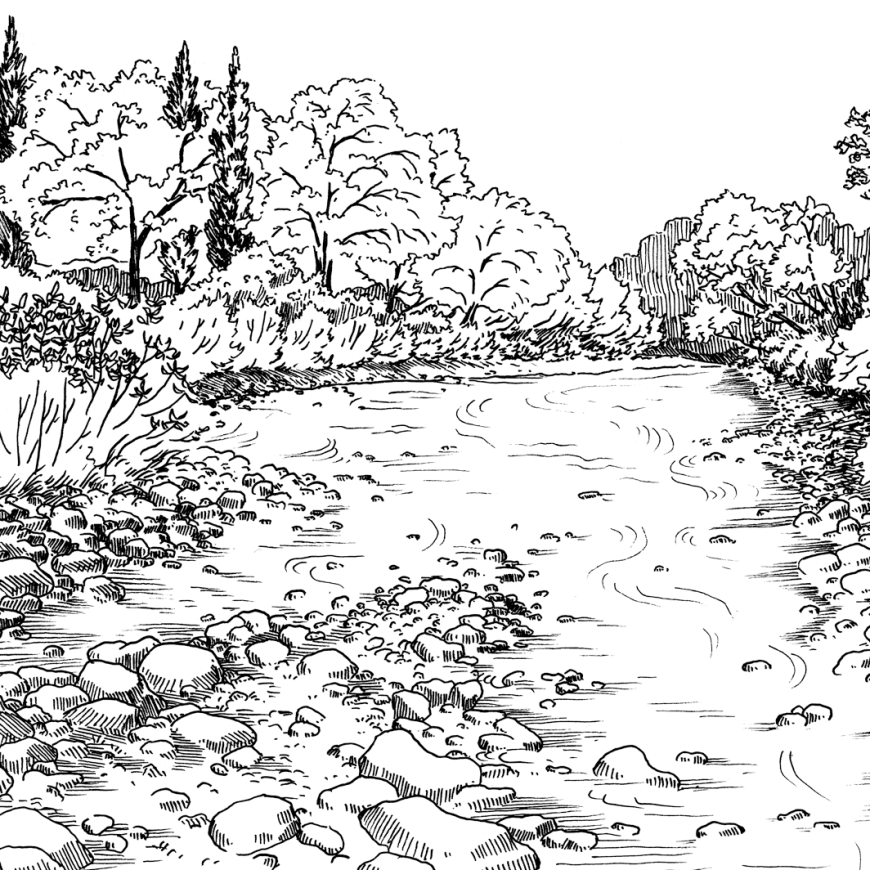The names of our meeting rooms
In this section
-
Visiting Te Rauhītanga – The Gathering Place
- Kōwhaiwhai
- A story of Haumia Tiketike – He kōrero mō Haumia Tiketike
- A story of Rongo – He korero mō Rongo
- A story of Tāne – He kōrero mō Tāne
- Carvings – Whakairo
- The names of our buildings
- The names of our meeting rooms
- Virtual reality: Karanga a Tāne Mahuta
- Rene Orchiston Flax Collection – He Kohinga harakeke nā Rene Orchiston
- Banks and Solander prints
- Invertebrate illustrations
- Biodiversity display
- Weed and predator control display
- Land video wall
- Historic soil maps
- Soil classification illustrations
- Augmented reality sandpit
- Beech tree cores
Harakeke
Manaaki Whenua is kaitiaki (custodian) of a collection of traditional weaving varieties of harakeke (New Zealand flax, Phormium spp.), donated by Rene Orchiston of Gisborne.
The 54 harakeke cultivars were selected long ago from natural stands and cultivated by weavers for the special properties of their leaves and fibres.
Different cultivars are suited to making kete (baskets), whāriki (mats), muka (prepared fibre), piupiu (skirts), and korowai (cloaks).
Haumata
Haumata (Chionochloa rubra), red tussock or snow grass, is found throughout Aotearoa New Zealand, from the Central
Plateau southward. It has reddish colourings, ranging from a brownish green through to copper.
The grass has fine, weeping high, with flowering stems ping leaves and grows 1 to 1.6 metres high, with just within or partly above the foliage.
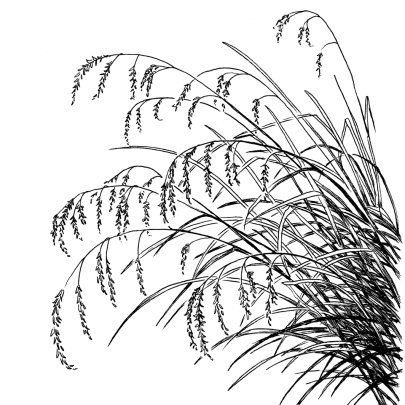 Kāretu
Kāretu
Kāretu (Hierochloe redolens) is a beautifully scented native grass used for weaving, which we have growing in the Manaaki Whenua pā harakeke flax collection.
Sometimes known as holy grass, kāretu is a large plant whose scented leaves, with the midrib removed, were traditionally used for plaiting into belts and headbands. Sitting and sleeping areas were strewn with the leaves. The flowering tops of kāretu and roniu (Brachyscome radicata) were wrapped in fibrous leaves and worn as a scented necklace. Various prepared scented oils also included kāretu. Moriori men would use kāretu as a love potion, placing a piece of leaf in a sleeping woman’s hair, or in a place where she would later sit or sleep.
To align our meeting room names with the cultural narrative of our building, we consulted with the Allan Herbarium staff, who suggested this endangered species found on Kaitorete Spit.
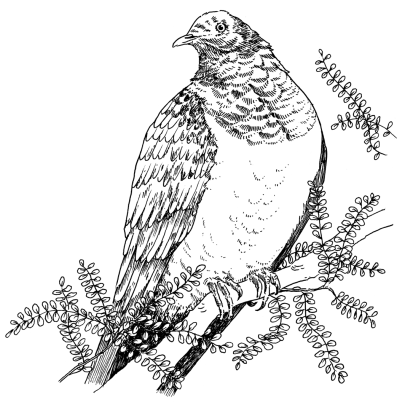 Kererū
Kererū
Kererū, or New Zealand wood pigeon (Hemiphaga novaeseelandiae), is also known by some iwi as kūkū or kūkupa. With its puffed white chest and majestic green-and-purple sheen, it is no wonder many Māori regard the kererū as manu rangatira – a chiefly bird.
Ngāi Tūhoe see the kererū as an ecological and cultural engineer. These birds play a critical role in maintaining the forest’s biodiversity, being the only remaining species that can swallow large native fruits and disperse the seeds over a wide area. In Te Urewera, and in many other places, kererū are seen as a key indicator of forest health with their numbers assessed by an observer experiencing the size of a flock at close range.
Traditionally these birds were a highly valued source of food and feathers, and they are taonga to many hapū and iwi in Aotearoa New Zealand.
‘He kūkū ki te kainga te haere’ is said of a is respectful and compliant at home like a kererū, but when away can be very mischievous or like a kākā.
This information was shared by Manaaki Whenua Kairangahau – Ecology, Puke Timoti.
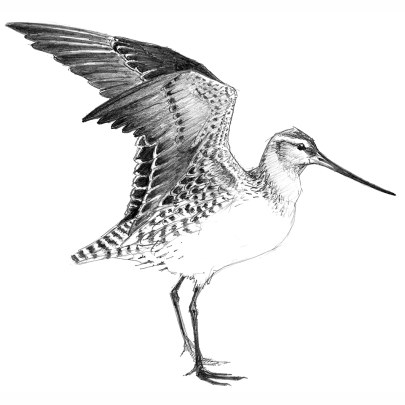 Kuaka
Kuaka
The kuaka/bar-tailed godwit (Limosa lapponica) is fully protected in Aotearoa New Zealand. Their brown and grey plumage echoes the intertidal mudflats where they forage, and for much of their time here they are relatively nondescript birds. But there is nothing ordinary about the migrations of bar-tailed godwits: they perform the longest non-stop flights of any non-seabird.
Kuaka hold cultural significance for Māori, as they were birds of mystery: ‘Kua kite te kōhanga kuaka?’ Who has seen the nest of the kuaka? They were believed to accompany the spirits of the departed and were also a source of food.
Our meeting room names are aligned with the cultural narrative of our building, shared with us on behalf of Te Taumutu Rūnanga by Puamiria Parata-Goodall. Image: Matthew Dodder.
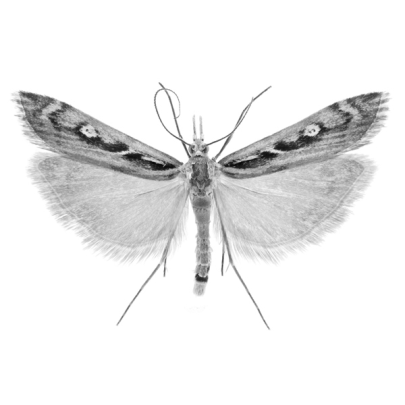
Kupea
Kupea electilis, or Kupe’s grass moth, is ranked by the Department of Conservation as Nationally Endangered. Three of the six known populations, including the largest, are found on Ngāi Tahu-owned land on Kaitorete Spit.
Kupe’s grass moths spend most of the year underground as larvae, feeding on native twitch (Zoysia minima), a ground-hugging coastal plant. These rare moths only emerge between mid-March and mid-May, when they mate, lay eggs, and then die.
Our meeting room names are aligned with the cultural narrative of our building, shared with us on behalf of Te Taumutu Rūnanga by Puamiria Parata-Goodall. For information on kupea we consulted with Robert Hoare at our Auckland site.
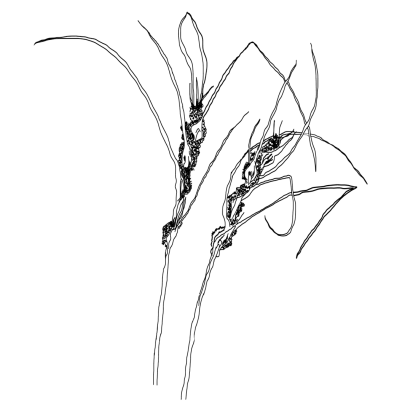 Pīngao
Pīngao
Pīngao (Ficinia spiralis), the golden sand sedge, was once common on sand dunes throughout Aotearoa New Zealand. Weavers love to use pīngao for patterning highlights. The orange-gold leaves provide a vibrant contrast to the black-dyed or natural pale hues of harakeke (flax) and kiekie.
A familiar sight is pīngao combined with kākaho (toetoe stems), kiekie, and harakeke in tukutuku panels (decorative latticework) on the walls of wharenui (meeting houses). The leaves are also used to make various plaited items, such as kete (baskets), whāriki (mats), and pare (headbands).
To align our meeting room names with the cultural narrative of our building, we consulted with the Allan Herbarium staff, who suggested this endangered species found on Kaitorete Spit.
Waihora
Situated near Christchurch, Lake Ellesmere/Te Waihora is the largest lake in Canterbury and an important link in the chain of coastal lagoons and estuaries along the east coast of the South Island.
Lake Ellesemere/Te Waihora is an area of cultural, natural, historical, recreational, and commercial importance to many people. It has been described as the most significant wetland habitat of its type in Aotearoa New Zealand, and it is important for many migratory waders and threatened indigenous bird species. It is also home to many indigenous fish species.
Waikirikiri
At times a mere trickle, at others a raging torrent, the Selwyn River/ Waikirikiri starts in the Canterbury foothills above Whitecliffs, then
snakes its way across the patchwork farmland of the Canterbury Plains to enter Lake Ellesmere / Te Waihora. Its flow is very seasonal
– high and flood-prone in winter and early spring, but low (and often bone-dry in the upper reaches) when summer drought conditions prevail.
This information was sourced from Selwyn District Council.
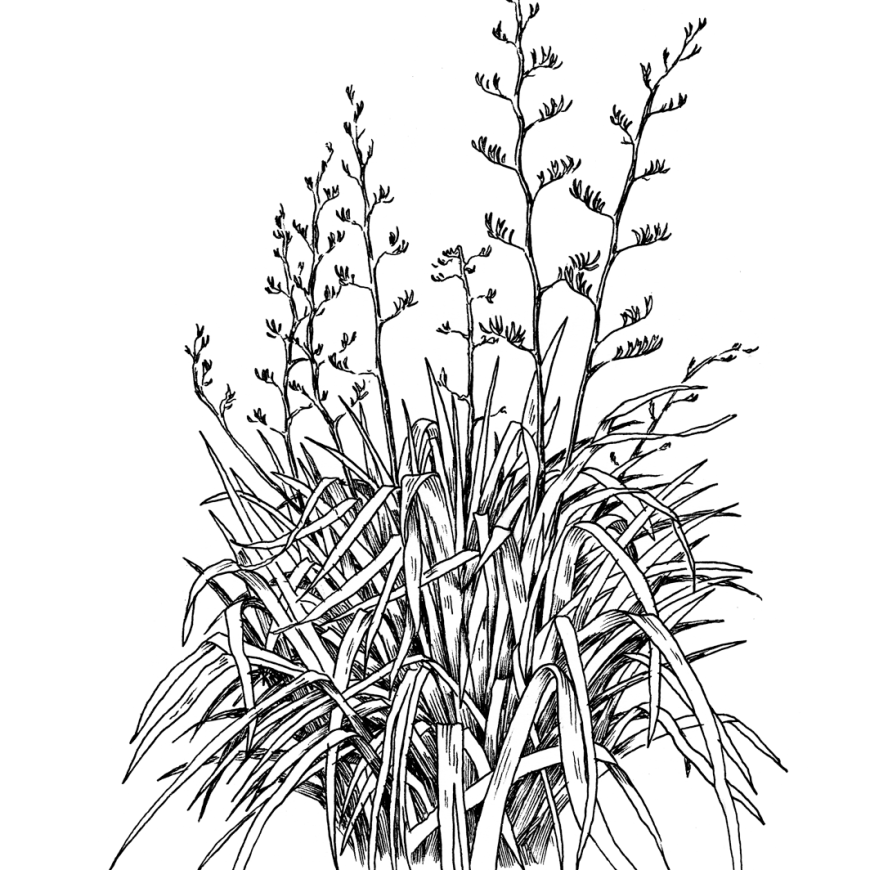
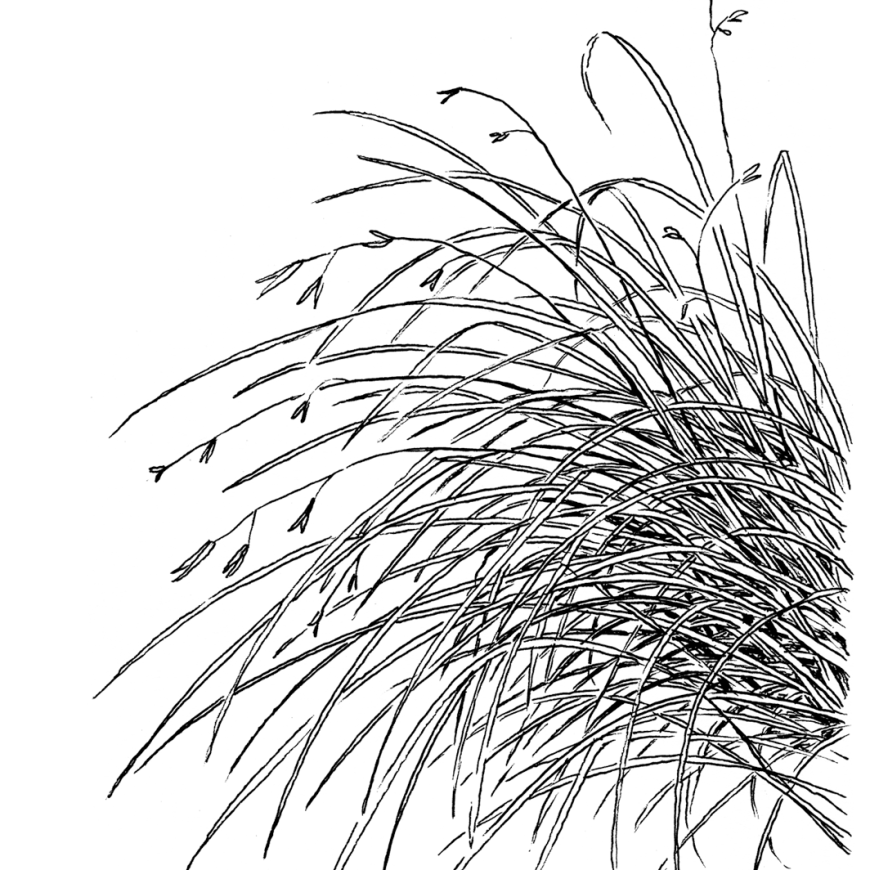
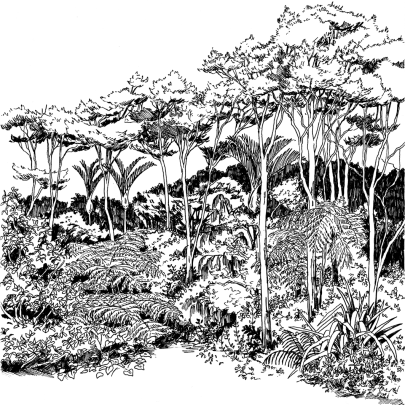 Ngahere
Ngahere